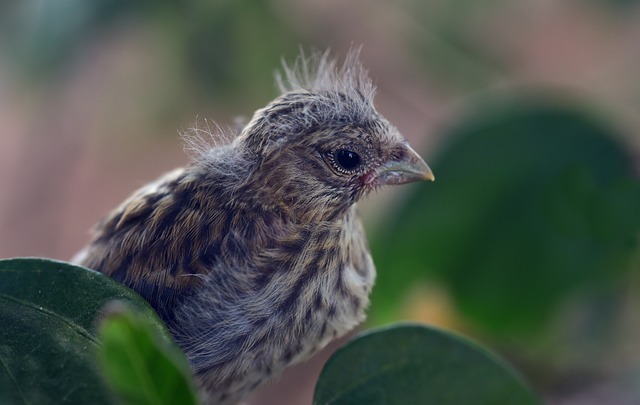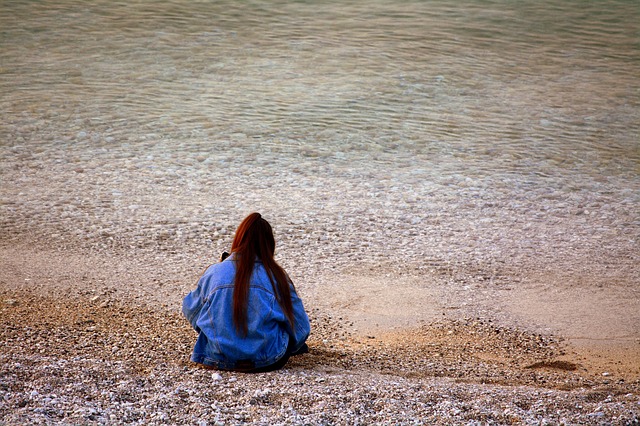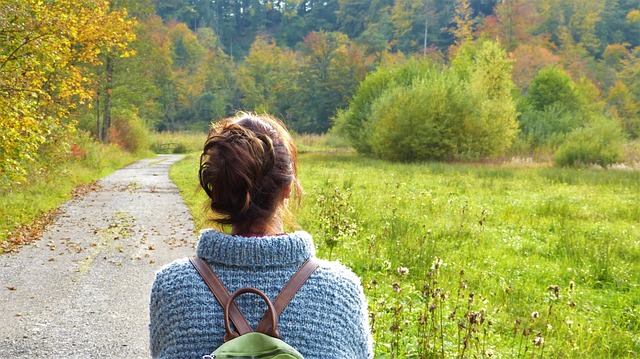Previously, I explored ways to overcome our defence mechanisms designed to protect us from vulnerability. I’ve also explored how being vulnerable can improve our contribution and our relationships. In this post, I want to look at the relationship between inertia and feeling vulnerable.
Experiencing inertia
Inertia according to the Oxford Dictionary is a “tendency to do nothing or to remain unchanged” – a trait often ascribed to bureaucratic organisations but experienced by most of us at some point in our lives. When I was an active academic, I used to be approached by potential higher degree students who would say, “I really want to do a doctoral degree, but I don’t seem to be able to get started.”
My first word of advice to them was not to start a doctoral degree – which involves study, research and concentrated effort over several years – unless they have a research topic that they are passionate about. Without the passion, research students are unable to sustain the effort and focus required to achieve their desired outcome, the award of a doctoral degree. This principle of passion and enthusiasm can apply to any endeavour requiring a sustained effort over a long period.
Behind inertia – feeling vulnerable
When the potential student reassures me that they have a topic that they are passionate about, I then explore with them why they have been unable to take action, to start on the path towards their degree. Invariably, their response identifies vulnerability as the source of their inertia – “I may not be intelligent enough to do the research.”; “No one may be interested in what I want to research!”; “I have not written anything lengthy before.”; “What if I fail the doctoral examination?”; “I don’t know anyone who could supervise me.”; “My writing may not be good enough.”; and similar expressions of feeling vulnerable.
Often the advice to people who are unable to make progress on something that they really want to achieve is to start somewhere, anywhere that will put them on the path to their desired outcome. In the case of a potential doctoral study, this may mean reading around the topic to explore the area, generate heightened interest or identify potential resource people. While this is very good advice, it may not overcome a person’s fear of feeling vulnerable, particularly if it is deep-seated – resulting from prior traumatic experiences or from being “wounded”.
Exploring the vulnerability behind inertia
Often, we need to deal with our deepest fears before we can move forward or take action on something that we really want to do. One way into this is to clearly identify the underlying sources of our sense of being vulnerable. This can be achieved progressively through meditation, but it will require complete honesty with our self. Excuses are often avoidance strategies, not legitimate reasons for not taking action.
You can start a meditation to explore your inertia by becoming grounded, through your posture and breathing in the first instance. You can gradually move to exploring the bodily sensations that arise when you focus on the endeavour you are trying to start on. You can notice these sensations – tightness, tension, nervous movements – and focus on them and try to release them through your breathing.
Once you have been able to settle down your bodily reactions, you can begin to explore the feelings behind the bodily sensations – fear, anxiety, concern, worried, wary, troubled, insecure, guarded, apprehensive or other associated feeling that indicates that you are feeling vulnerable. You need to be able to name your feelings to be able to reduce their impact and to release the hold on your energy. Once you have identified these feelings and faced them, you can move forward.
The next phase of this exploration of the vulnerability behind inertia is to identify the fear-inducing thoughts that you unconsciously entertain and that give rise to these feelings of being vulnerable. The thoughts could be, “I’m not good enough.”; “What if I fail?; “What if I make a fool of myself?”; “What If people see through me?”; “What if I get stuck and do not know what to say?’; “What if I have nothing really worthwhile to contribute?”; and so on. Invariably, you will be dealing with a lot of “what if’s” – betraying your mind’s negative orientation.
You can face these thoughts and deal with them by asking, “Is this outcome likely to happen?”; “What could I do to reduce the likelihood of it happening – how can I plan appropriately?”; “If it does happen, can I deal with it?” We tend to catastrophize – think of the worst possible outcome – which, in turn, blocks our taking action.
Once you have dealt with the sensations, feelings and thoughts associated with your inertia and sense of feeling vulnerable, you can move forward by planning and taking some action to move yourself towards your goal. It may take a number of practices of this meditation before you can move forward – the time and effort required will depend on how deeply embedded is your sense of vulnerability.
As we grow in mindfulness – awareness of our inner and outer reality -through meditation on our inertia and its manifestation (in our bodily sensations, our feelings and thoughts), we can release our blocked energy and gradually move forward to achieve the goals we have set for ourselves.
____________________________________________
By Ron Passfield – Copyright (Creative Commons license, Attribution–Non Commercial–No Derivatives)
Image source: courtesy of MMckein on Pixabay
Disclosure: If you purchase a product through this site, I may earn a commission which will help to pay for the site, the associated Meetup group and the resources to support the blog.









